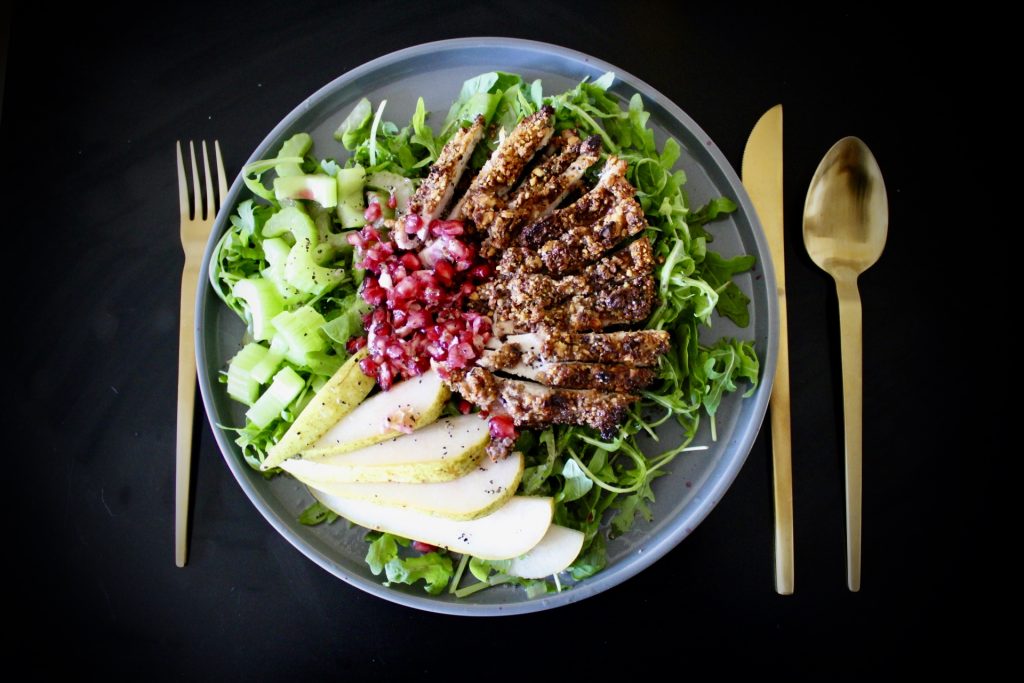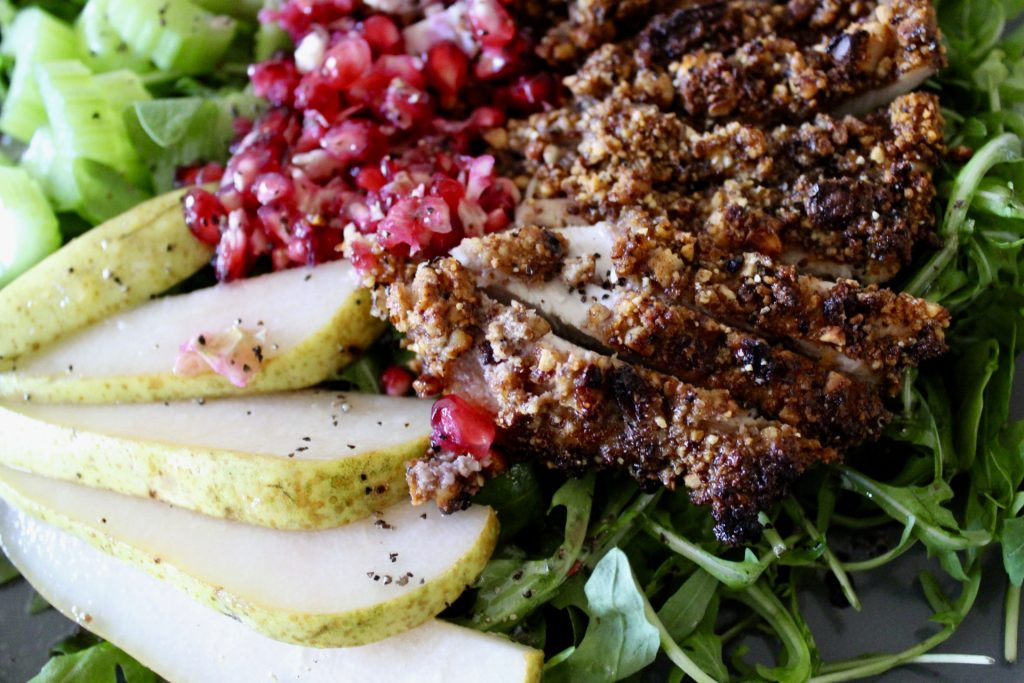For me, and many others as I understand it, getting started really is half the battle. Whether it’s due to perfectionistic tendencies and anxiety about making a wrong first step (me) or some other variety of procrastination, just getting going can be a big hurdle to overcome. I have written a few times (here and here) about what is referred to as “tomorrow” logic or our tendency to discount what we do todaybecause we are going to do XYZ tomorrow. When we think about our future selves, we typically see them as more virtuous and superior to who and what we are today, which to some extent makes sense as we grow and develop. However, more often than not we use this strategy to get out of just getting started or use it as an excuse for one last hurrah or indulgence before we start that new good habit tomorrow (something which has happened to me more than once before….). Interestingly though, as is often the case, the better that we understand this phenomenon of future discounting, the more equipped we are to defend ourselves and our self-control against it.
Future discounting, which is a form of affective forecasting, is not an entirely new concept to me but nevertheless I really enjoyed the perspective that Dr. Walter Mischel provided in The Marshmallow Testwhich I read last month. Throughout his work on self-control and willpower, he has demonstrated that resisting temptation is difficult because of our more primal/hot system being heavily biased to the present, immediate rewards versus those which involve more delayed gratification. In his book he describes work done by Harvard economist, David Laibson, who has formalized future discounting in a mathematical model. Laibson explains his own reluctance to exercise regularly despite his good intentions by assigning “a number value to each activity, rating how much pain or effort (negative number) or how much reward (positive number) the activity provides. For him, the effort of exercising today has a cost of -6 and the long-term health gains from exercise have a positive value of +8. [Therefore] he can exercise today (his effort cost is -6) to gain delayed health benefits (for him a future value of +8). The net benefit of exercising today for someone with his present bias is (-6+1/2[8]] = -2). In this equation, the future value of +8 was halved because of the automatic discounting of the future, making -2 the net benefit of his exercising today. In contrast, exercising tomorrow has a delayed effort cost of -6 and a delayed benefit of +8, both of which are halved because they are in the future (1/2[-6+8] = +1). For Laibson the resulting net value for putting off going to the gym is +1, which is better than the -2 net value for exercising today.” Therefore, as you can see, he struggles to make it to the gym.
We are all affected by the illusion of future discounting to some extent, but the weight that we assign to today and tomorrow differ based upon the activities and the individual involved. I seldom struggle to make it to a barre class since I love it so much, but the same cannot be said about crossing some administrative tasks and errands off the to do list… Mischel argues that “these numbers always depend on the values of the individual making the decision [and] individuals differ in how severely they discount the future… [but the strategy to avoid overvaluation of] immediate rewards and discounting the value of delayed rewards points to what we need to do if we want to take control: we have to reverse the process by cooling the present and heating the future [by pushing] the temptation in front of you far away in space and time, and bring the distant consequences closer in your mind.” He then outlines several core strategies for doing this, which I plan to test, try and share over the coming weeks: If/Then Planning, identifying weak points or hot spots, self-distancing, and more.
But for now, the main thing I’m focusing on is increasing my self-awareness of the instances in which I am invoking tomorrow logic based upon my own future discounting. It’s a new year, and whether or not you’re a resolutions setting type or not, I think we can all benefit from seizing the opportunity for a clean slate and understanding whytomorrow always sounds like a better time to start. Getting started really is the hardest part. But you can make it easier by finding ways to enjoy the pursuit of your goals – and when it comes to eating more healthfully, focusing on real foods and meals which are easy to make and delicious makes all the difference. So here’s another simple salad to add to your arsenal – a Whole30 Pistachio Chicken and Winter Fruit Salad.



Whole30 Pistachio Chicken and Winter Fruit Salad
Serves: 4
Prep Time: 5 minutes
Cook Time: 20 minutes
Ingredients:
- Coconut Pistachio Chicken – RECIPE HERE
- Arugula 8 cups (160 g)
- Seeds from one Pomegranate
- 1 Pear sliced lengthwise
- 4 Celery Stalks, chopped
- Champagne Vinaigrette
- Extra Virgin Olive Oil .5 cup (120 ml)
- Minced Shallot 3 TBSP
- Champagne Vinegar 2 TBSP (Sulfite Free)
- Juice of 1/2 Lemon
- Sea Salt and Black Pepper to Taste
Instructions:
- Prepare the Coconut Pistachio Chicken as outlined here
- Meanwhile place all ingredients for the Champagne Vinaigrette into a jar with a tight fitting lid and then shake VIGOROUSLY!
- Chop your fruits and veggies and then build your plates with arugula, topping with pear, pomegranate seeds, celery, and sliced chicken. Drizzle the vinaigrette over the top and enjoy.





